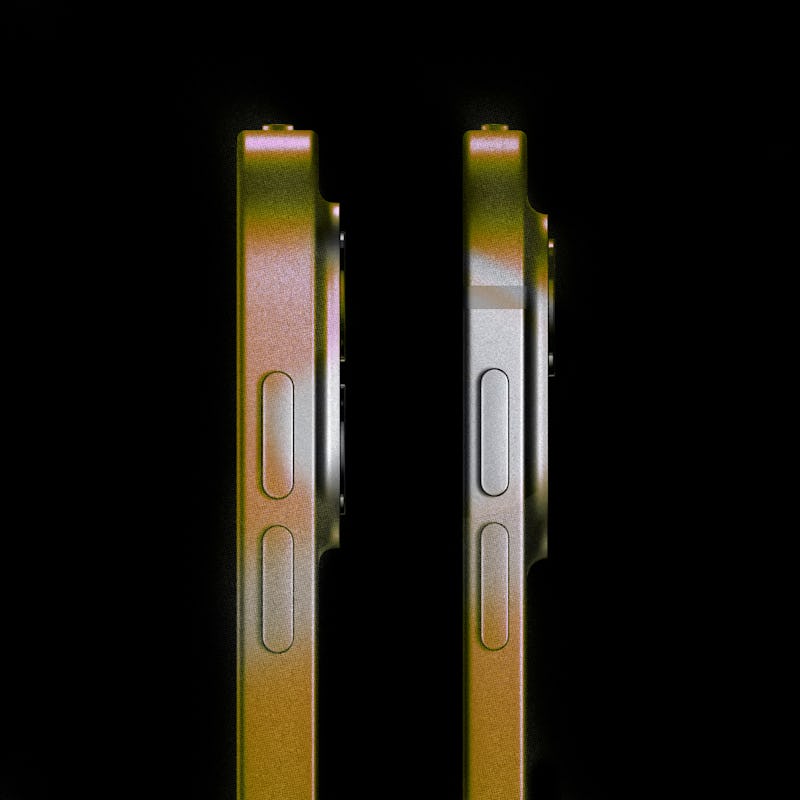The New iPad Pros Are Hardware Beasts, But Apple Neglected One Key Feature
Apple hasn’t improved this one feature in 14 years.

The new iPad Pros are impressive tablets — the thinnest product Apple’s made —and at the moment, also the most powerful thanks to the new M4 chip. But the refreshed iPad Pros still have a hardware problem, and it’s one that has existed since the original.
Thick or thin, iPads have consistently had the same battery life (10 hours) and Apple has not strayed from that benchmark in 14 years. The same is true of this year’s iPad Airs and Pros. Despite new chips and screens (and a new 13-inch iPad Air), they’re still expected to last the same amount of time as a tablet that’s multiple generations old. To add insult to injury, the iPad Pros got thinner this year, as if letting a larger battery take up more space wasn’t even a possibility.
There’s nothing wrong with making a sleek gadget, but at a certain point “professional” has to mean more than just fast internals and bright screens. Improving battery life on the iPad would have a much bigger impact on how people use their tablet, and just like on the iPhone, I think people would clamor for a longer-lasting iPad.
10 Good Hours
10 hours of battery life is a lot, but not for professionals.
Considering how iPadOS has matured over time — gaining a Files app in 2019 and windowed multitasking in 2022 — it’s impressive how consistent the iPad’s battery life has been. Since the first iPad was released in 2010, Apple’s tablets have had an estimated 10 hours of battery life. Apple bases its measurements on a mix of web browsing or watching video on Wi-Fi, and as a goal, 10 hours makes sense. It gets you through a day of school or work, or multiple movies and episodes on a long-distance flight. Ten hours is more than enough for most people, but it’s also not particularly ambitious, especially now that iPhones and Apple Watches can be used for multiple days on a single charge.
Powering a 10-inch or larger screen naturally requires more of a battery, but if Apple’s Pro tablets are meant to be just as good at helping you get creative work done as they are entertaining you, why don’t they last longer? Everything suggests that Apple is actually shipping a smaller battery in the new iPad Pros (a 38Wh battery in comparison to a 40Wh battery in the previous generation) to make them over a millimeter thinner than the previous models. The larger 13-inch Pro is technically even thinner and lighter than the 11-inch version. Clearly, Apple has different priorities than the people who use iPads.
A Balancing Act
Both sizes of iPad Pro are thinner and lighter than the past generation.
Taste for super-thin gadgets ebbs and flows in much the same way thinness does in the culture at large. When Apple reduces, though, whether it’s size, ports, or features, it’s usually safe to assume it’ll reverse course down the road. It happened with its laptops, in the dramatic shift to the redesigned M1 MacBook Pros (which got thicker to accommodate several sorely missed ports), and it could very well happen again with the iPad Pro.
If you look back at Apple’s product roadmap, it’s not really a secret that the company doesn’t push the envelope on battery life. Any changes in power efficiency, whether from a thinner or better display technology (i.e. the new tandem OLED in the iPad Pros) or from chipset shrinkage (M4 chip uses a new 3-nanometer fabrication process that consumes less power despite being more powerful than the M2), always balances itself with the battery. In the iPad’s case — 10 hours. Apple could have stuffed bigger batteries into the new iPad Pros to get longer battery life from the display and chipset efficiencies, but it chose to make the tablets thinner instead.
So why do the 7th-generation iPad Pros still only get 10 hours of battery life if there were multiple ways Apple could have extended battery life? Why, other than the fact a thinner iPad means an aluminum Magic Keyboard (one of Apple’s new accessories for the Pro) doesn’t noticeably increase the weight of the whole package together? Apple loves to sell accessories, but there has to be more than that.
Battery Life Is a Pro Feature
Whatever aesthetic pleasures come from a thinner device, ultimately weight matters a lot more when you’re using a tablet than how thin it is. And how long the tablet lasts before you have to plug it in matters even more. That’s more time watching a show you love, more time away from home, and more time getting things done in all the unique ways the iPad excels. Sure, thinness and lightness mean the 13-inch iPad Pro is easier to hold and lighter in a bag (reasonable “features” as part of the new iPad Pro experience), but we’re 14 years into the iPad’s existence, and I don’t think it’s unreasonable to expect iPads — at least the “Pro” ones — to come with pro-level battery life.
I don’t think it’s unreasonable to expect iPads — at least the “Pro” ones — to come with pro-level battery life.
A thicker iPad could house a bigger battery. It could also hide the gigantic camera bump that’s still on the back of Apple’s tablets. Instead, the iPad Pro we got looks great, but behaves in a very similar way to the 2022 model, and the 2018 model before it. That’s fine, in character even, but in my opinion, it’s not a convincing argument that the iPad Pro is that much better at Pro things. The new iPad Pros may be pro-level for certain apps that will make use of the M4 chip’s mighty performance and OLED display, but not for longevity.